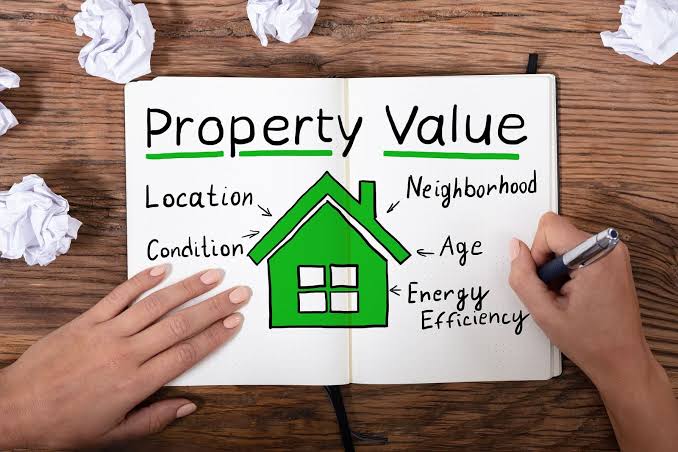When evaluating real estate, whether for personal purchase or investment, understanding the factors determining property value is essential. In the realm of economy news, the value of a property is influenced by a variety of factors, ranging from the physical characteristics of the property itself to broader market dynamics. This comprehensive assessment helps buyers, sellers, and investors make informed decisions in a constantly shifting market. Key factors include location, economic conditions, property conditions, and government policies, among others. Let’s explore these in more detail.
1. Location
The property’s location is paramount. Proximity to business districts, waterfronts, tourist attractions, and essential facilities such as schools, hospitals, and shopping centers typically enhances its value. Additionally, properties within integrated residential communities with high-quality infrastructure and amenities usually appreciate more over time.
2. Economic Conditions
The broader economic environment significantly impacts property values. A thriving economy attracts businesses and expatriates, increasing demand for properties. Conversely, economic downturns can lead to reduced demand and lower property values.
3. Infrastructure Development
Advancements in infrastructure, such as the construction of roads, public transit systems, and amenities, enhance a property’s accessibility and desirability, thereby increasing its value.
4. Supply and Demand Dynamics
The balance between property supply and demand directly affects value. High demand and limited supply can drive up prices, while an oversupply can lead to price reductions.
5. Property Condition and Features
A property’s physical state and features, including its age, design, quality of construction, and amenities, play a crucial role in determining its market value. Well-maintained properties with modern designs and high-quality materials are more likely to appreciate over time.
6. Government Policies and Regulations
Government initiatives, such as changes in property laws, tax incentives, and urban planning regulations, can influence property values by affecting demand and supply dynamics.
7. Market Sentiment
Public perception and confidence in the real estate market can drive investment decisions. Positive sentiment can lead to increased demand and higher property values, while negative sentiment can have the opposite effect.
8. Comparative Market Analysis (CMA)
A Comparative Market Analysis (CMA) is a method used to evaluate the value of a property by comparing it with similar properties in the same location that have recently sold. This analysis helps in determining whether a property is overvalued or undervalued based on recent sales data of comparable homes, which is critical for buyers, sellers, and real estate agents in setting a fair price.
9. Property Size and Layout
The size of a property, including its total square footage and the number of rooms, plays an important role in determining its value. Larger homes or commercial properties generally command higher prices due to their ability to accommodate more people or businesses. Additionally, the layout and functionality of the property, such as an open floor plan or efficient use of space, can also influence its desirability and value.
10. Age of the Property
The age of a property impacts its value in two ways. Older homes may have historical significance or charm, which can increase their value, especially in heritage-rich locations. However, older properties may also require more maintenance and updates, which could reduce their market value if they are not well-maintained or have outdated features. On the other hand, newer properties often benefit from modern designs, better energy efficiency, and lower maintenance costs, enhancing their value.
Considering all these factors, a comprehensive understanding of property value emerges, enabling better decision-making for buyers, sellers, and investors. A holistic approach ensures that the investment reflects both current market conditions and future potential.
Stay in touch to get more updates & news on Businesstodesk.com!







Leave a Reply